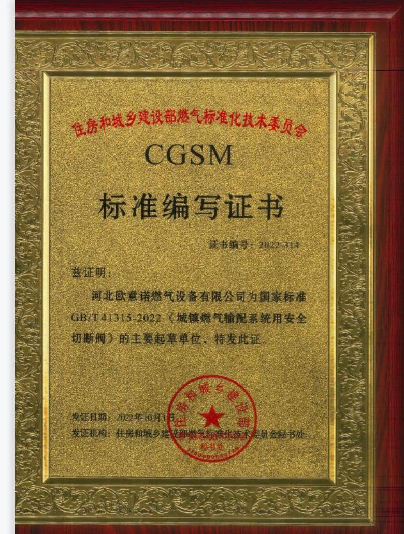
Dec . 05, 2024 17:55
Back to list
heat exchanger
Understanding Heat Exchangers The Heart of Thermal Management
Heat exchangers are pivotal devices in various industrial and commercial processes, functioning to transfer thermal energy between two or more fluids at different temperatures. This article delves into the fundamentals of heat exchangers, their types, applications, and the principles governing their operation.
What is a Heat Exchanger?
At its core, a heat exchanger serves the purpose of efficient thermal energy transfer. The essential idea is to permit heat to flow from a hotter fluid to a cooler one without them mixing. This is fundamental in maintaining thermal equilibrium within processes that require temperature regulation, thereby enhancing energy efficiency. Commonly used in the fields of heating, cooling, and refrigeration, heat exchangers are also integral to power generation, chemical processing, and wastewater management.
Types of Heat Exchangers
Heat exchangers come in various forms, each designed for specific applications. The most common types include
1. Shell and Tube Heat Exchangers Comprising numerous tubes, one set of fluids circulates through the tubes while the other passes outside the tubes. This design allows for efficient heat transfer and is widely used in power plants and oil refineries.
2. Plate Heat Exchangers These consist of many thin plates arranged to create channels for fluid flow. They offer a compact design and high thermal efficiency, making them suitable for food processing and HVAC applications.
3. Air-Cooled Heat Exchangers Utilizing ambient air as the cooling medium, these exchangers are often used when water is scarce or when site conditions favor air cooling, such as in dry cooling applications.
4. Double-Pipe Heat Exchangers Simplicity defines this design, where one pipe is nested within another. Fluids flow in opposite directions, maximizing thermal exchange. Though less efficient than shell and tube designs, they are favored for smaller applications.
heat exchanger

5. Fin Tube Heat Exchangers Featuring extended surfaces or fins, these exchangers enhance heat transfer rates by increasing the surface area, making them ideal for air conditioning systems.
Principles of Operation
The operation of heat exchangers is grounded in the second law of thermodynamics, which states that heat naturally flows from hot to cold bodies. Several factors influence the performance of heat exchangers
- Surface Area A larger surface area results in more effective heat transfer. - Temperature Difference A greater temperature differential between the two fluids enhances the heat transfer rate, often described by Newton's Law of Cooling. - Flow Arrangement The design concerning how fluids move through the heat exchanger – counterflow, parallel flow, or crossflow – significantly affects efficiency. Counterflow arrangements generally yield better performance than parallel flow.
Applications of Heat Exchangers
Heat exchangers play a vital role in numerous sectors
- Power Generation Used in steam power plants and nuclear reactors for cooling and thermal efficiency. - Chemical Processing Essential in reactors and cooling systems for managing temperatures. - HVAC Systems Crucial for providing comfortable indoor environments. - Food Industry Involved in pasteurization and refrigeration processes. - Automotive Utilized in engine cooling systems.
Conclusion
As industries pivot towards energy efficiency and sustainability, heat exchangers stand out as critical components in achieving these goals. By embracing advanced materials and innovative designs, modern heat exchangers are becoming increasingly efficient and versatile, fulfilling the thermal requirements of a diverse array of applications. Understanding their principles, types, and roles can not only optimize energy usage but also drive progress in technologies that rely on effective thermal management.
Latest news
-
Safety Valve Spring-Loaded Design Overpressure ProtectionNewsJul.25,2025
-
Precision Voltage Regulator AC5 Accuracy Grade PerformanceNewsJul.25,2025
-
Natural Gas Pressure Regulating Skid Industrial Pipeline ApplicationsNewsJul.25,2025
-
Natural Gas Filter Stainless Steel Mesh Element DesignNewsJul.25,2025
-
Gas Pressure Regulator Valve Direct-Acting Spring-Loaded DesignNewsJul.25,2025
-
Decompression Equipment Multi-Stage Heat Exchange System DesignNewsJul.25,2025

